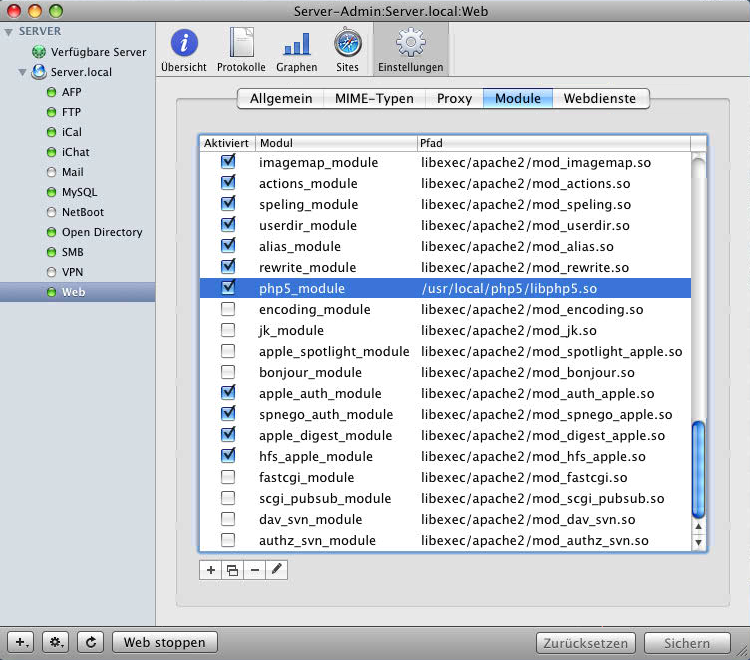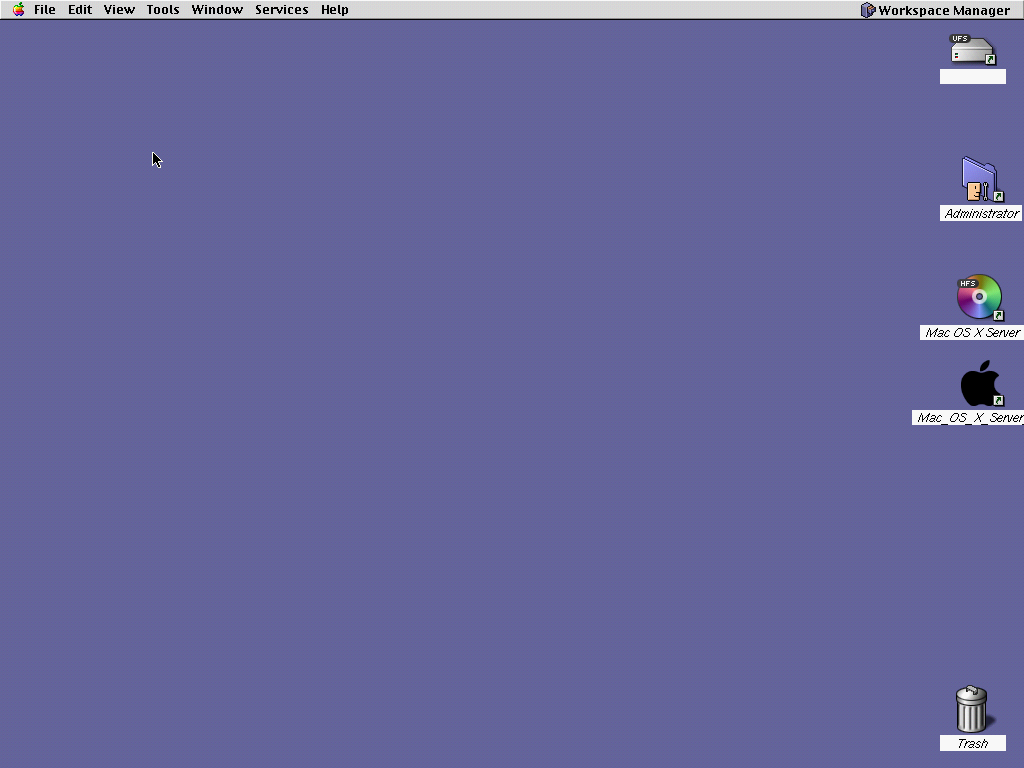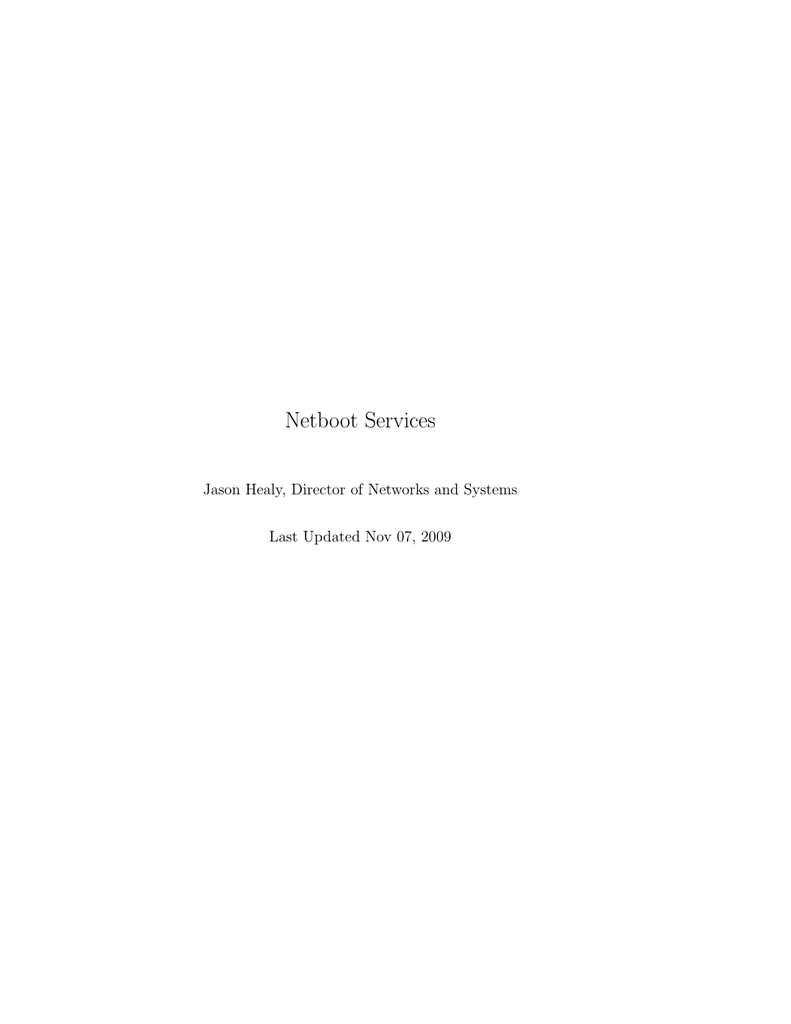
- #OS X SERVER UPDATE INSTALL#
- #OS X SERVER UPDATE UPDATE#
- #OS X SERVER UPDATE DOWNLOAD#
- #OS X SERVER UPDATE MAC#
#OS X SERVER UPDATE UPDATE#
If, for example, you know that 10.7.1 deletes user data, or that iTunes 10.5 is going to have problems that are fixed days later by iTunes 10.5.1, or that Safari 5.2 causes problems with some internal sites you depend on, you can uncheck those updates and elect only to serve them up after issues have been fixed.Īll you have to do is point your client computers to your Software Update server. The other advantage is that you can choose exactly which updates to serve to your clients. This is also usually faster than connecting to Apple’s server, especially over a modern gigabit network.
#OS X SERVER UPDATE DOWNLOAD#
Why do this when your Macs could just talk to Apple’s servers? First and foremost, it can help you if you need to conserve Internet bandwidth: instead of having 20 computers download a 1GB update from Apple, you can have one computer download the 1GB update from Apple, and have 20 computers download the update from it.
#OS X SERVER UPDATE MAC#
You can use the System Image Utility to make a NetBootable image of any OS X partition, as long as it’s running the same version of OS X as the Mac running the System Image Utility - Lion can make Lion boot images, Snow Leopard can make Snow Leopard boot images, and so on. Once everything is enabled, you should see your new NetBoot image as an option in the Startup Disk preference pane on your client Macs. Go ahead and create a basic NetInstall image of it, and save the resultant *.nbi folder to your server's \Library\NetBoot\NetBootSP0 folder, and then enable it in the Images tab in Server Admin (note that the NetBoot folder is only created once you choose to store images and client data on your hard drive in Server Admin, and that your images only become visible to clients when you’ve enabled NetBoot on your server’s Ethernet port). As long as you’ve got it stored somewhere on a drive that is readable by the computer, you can fire up the System Image Utility and see it listed as an image source. If you have several Macs on your network and are worried about Lion’s lack of restore media (and if, for some reason, you don’t want to make your own restore DVD or USB stick as we discussed in our Lion review), the NetBoot service provides you with one of the few supported methods for getting around it.Īll you need to do is keep a copy of the Lion installer downloaded from the App Store. Granted, this problem will affect only a subset of Lion Server users - those who use NetBoot and need to support both the newest Macs (necessitating a recent 10.7 image, since as a rule OS X isn’t downgradeable) and a mix of older Macs - if this roughly describes your situation, begin devising workarounds now.

It was a little extra work, but was totally doable.Īs we discussed before, 10.7 drops support for the very earliest of the Intel Macs, but your Netboot architecture options remain the same - you can pick PowerPC, Intel, or Universal (for 10.5 images), but you can’t distinguish between supported and unsupported Intel Macs.

NetBoot dealt with the PPC-to-Intel transition by allowing administrators to choose what client architecture a particular image would boot - if you made one 10.4 NetBoot image for PowerPC systems and an equivalent image for Intel systems, you could set them both as the default images for their respective architectures, and offer the same services to all of your Macs regardless of architecture without incurring too much additional overhead.ġ0.5 made Universal images possible - these were simple times, because one image could boot basically all of your supported Macs (as long as you didn’t have any super-old G3s or G4s around), but you had to go back to the image-per-architecture model when 10.6 dropped support for PowerPC. However, there are some inconveniences related to Lion’s dropping of support for Core Duo and Solo Macs if you’ve still got any hanging around - a bit of historical context will be useful here. The actual setup and operation of the NetBoot service is basically identical to the way it was in Snow Leopard server (which looked a lot like Leopard’s implementation did, and so on). The last, NetRestore, will copy the contents of an image to a Mac’s hard drive, making it easy to mass-deploy customized OS X images to multiple computers.

#OS X SERVER UPDATE INSTALL#
NetInstall can be used to make copies of OS X install media that are bootable from the network instead of discs or USB drives.

There are three different types of NetBoot images: The first, called NetBoot, boots a Mac to an entirely server-hosted disk image where you can run apps and use the Mac pretty much as you normally would, though all user-created data is wiped out when the Mac is restarted.


 0 kommentar(er)
0 kommentar(er)
